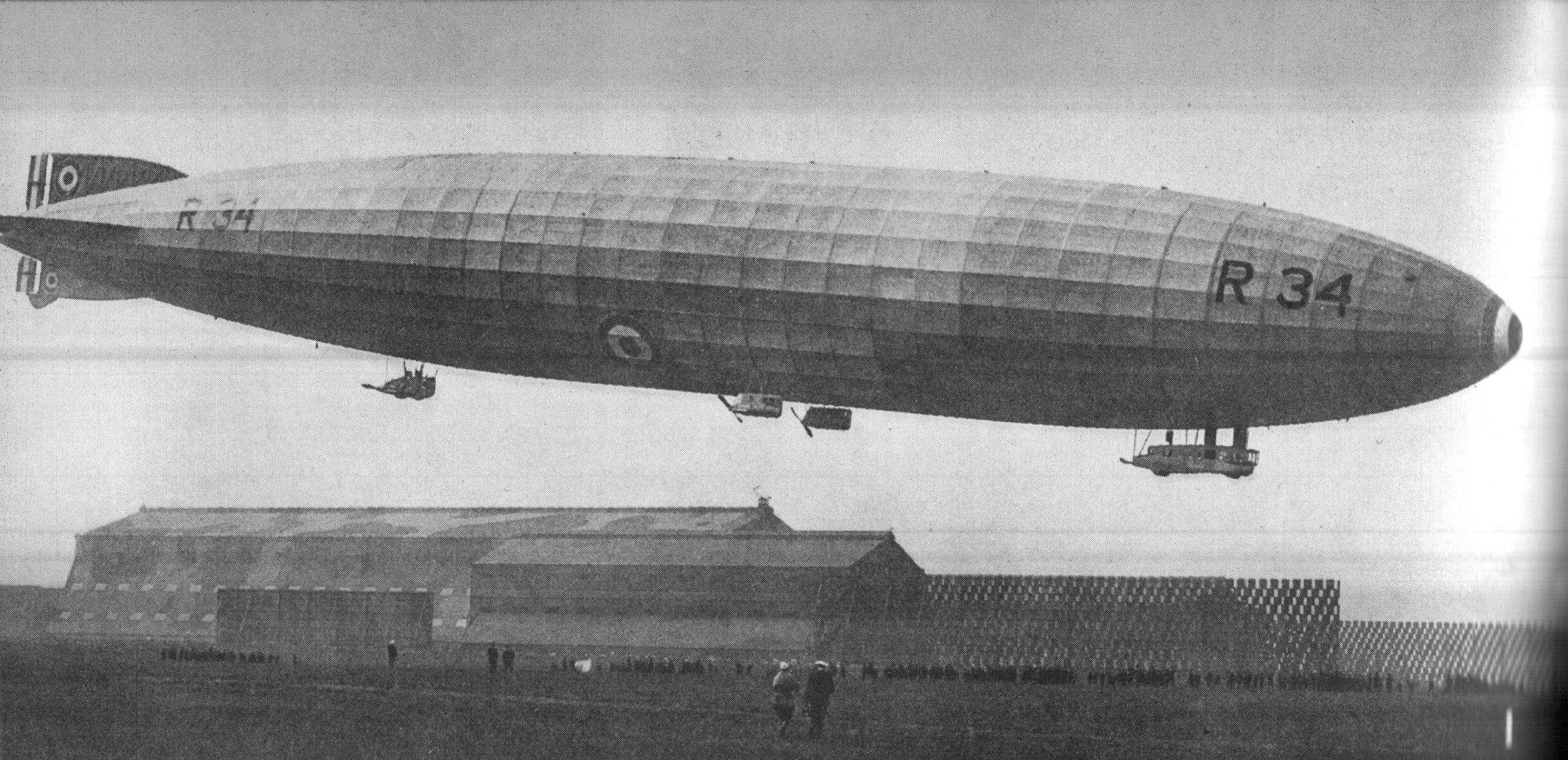RNAS Pulham on:
[Wikipedia]
[Google]
[Amazon]
RNAS Pulham (later RAF Pulham) was a
 After the loss of the
After the loss of the
British Pathe film reel showing R33 taking off from Pulham
British Pathe film reel showing R36 landing at Pulham
{{Commons category, RNAS Pulham Pulham Pulham
Royal Navy Air Service
The Royal Naval Air Service (RNAS) was the air arm of the Royal Navy, under the direction of the Admiralty's Air Department, and existed formally from 1 July 1914 to 1 April 1918, when it was merged with the British Army's Royal Flying Corps ...
(RNAS) airship station, near Pulham St Mary south of Norwich
Norwich () is a cathedral city and district of Norfolk, England, of which it is the county town. Norwich is by the River Wensum, about north-east of London, north of Ipswich and east of Peterborough. As the seat of the Episcopal see, See of ...
, UK. Though land was purchased by the Admiralty
Admiralty most often refers to:
*Admiralty, Hong Kong
*Admiralty (United Kingdom), military department in command of the Royal Navy from 1707 to 1964
*The rank of admiral
*Admiralty law
Admiralty can also refer to:
Buildings
* Admiralty, Traf ...
in 1912 the site was not operational until 1915. From 1918 to 1958, the unit was a Royal Air Force
The Royal Air Force (RAF) is the United Kingdom's air and space force. It was formed towards the end of the First World War on 1 April 1918, becoming the first independent air force in the world, by regrouping the Royal Flying Corps (RFC) an ...
establishment. The land today is in private ownership, and little remains above ground. However, the Pennoyer Centre in Pulham St Mary holds an extensive archive of photographs and memorabilia relating to the Air Station.
History
Pulham was one of the main British airship stations, with more than 3,000 men on the base at the end of the First World War. Initially it was used for airships that operated patrols over the North Sea (such as theCoastal
The coast, also known as the coastline or seashore, is defined as the area where land meets the ocean, or as a line that forms the boundary between the land and the coastline. The Earth has around of coastline. Coasts are important zones in ...
and SS types) until their areas were taken over by seaplanes.
The R34 landed at RNAS Pulham to complete the first two-way flown crossing of the Atlantic in July 1919.
 After the loss of the
After the loss of the R101
R101 was one of a pair of British rigid airships completed in 1929 as part of a British government programme to develop civil airships capable of service on long-distance routes within the British Empire. It was designed and built by an Air M ...
in 1930 and the end of British airships the station was moved on to a care and maintenance basis only.
In its heyday Pulham had its own hydrogen
Hydrogen is the chemical element with the symbol H and atomic number 1. Hydrogen is the lightest element. At standard conditions hydrogen is a gas of diatomic molecules having the formula . It is colorless, odorless, tasteless, non-to ...
plant, one small and two large airship sheds (one was later moved to Cardington base in 1930, the other was scrapped in 1948) and a permanent mooring mast.
During World War II, Pulham Air Station was used as an aircraft salvage yard. The RAF used Pulham for storage and Maintenance Unit work until closure in 1958.
See also
* RNAS HowdenReferences
Further reading
*External links
British Pathe film reel showing R33 taking off from Pulham
British Pathe film reel showing R36 landing at Pulham
{{Commons category, RNAS Pulham Pulham Pulham